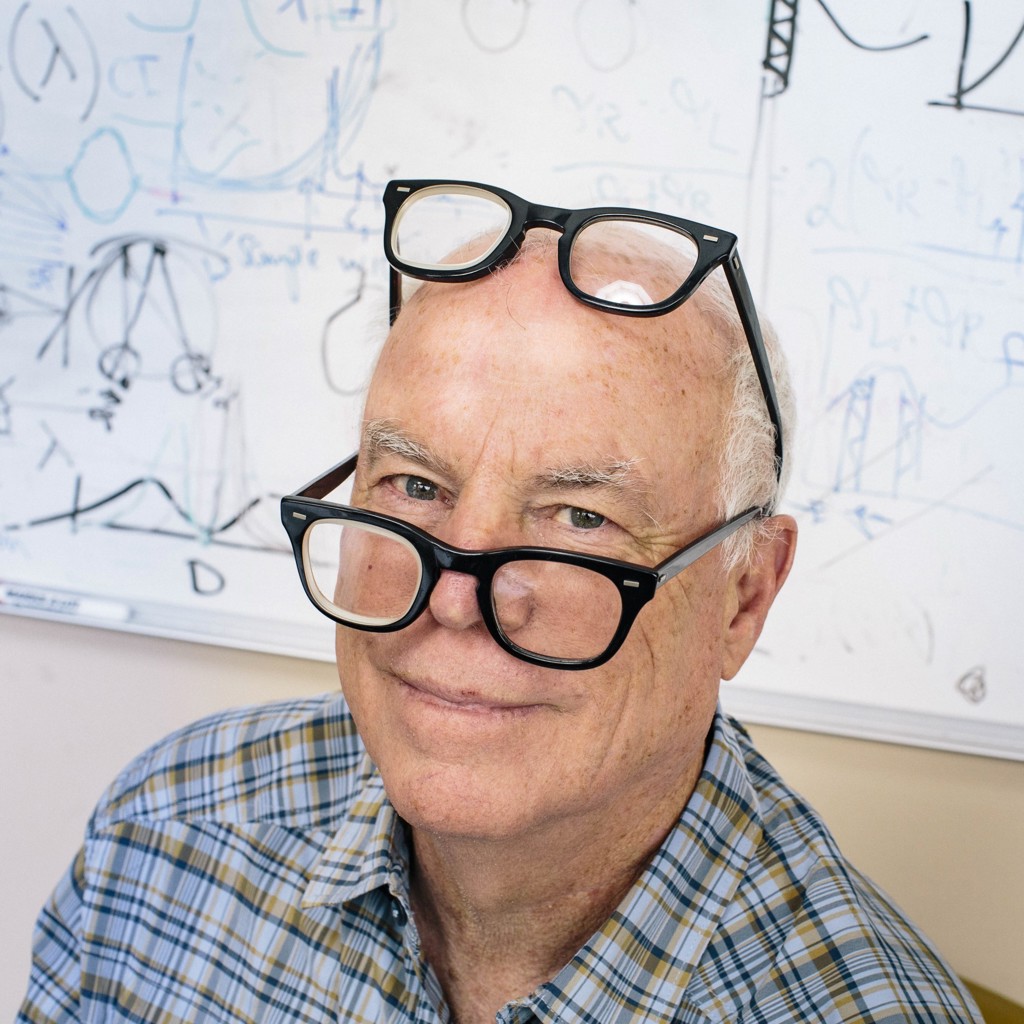Martin S. Banks
University of California, Berkeley, United StatesFor fundamental scientific advances in visual development, binocular and spatial vision, and sensory integration.

Marty Banks characterizes himself as a “distinctly uneven student” throughout elementary school, high school, and even through the early years of college. Marty says he “floundered a bit” before finding his stride. He notes that his parents were not college-educated and so could not serve as academic role models. However, his uncle, a theoretical physicist, was able to fill the gap. His uncle was curious about the natural world and how it worked and took the time to discuss it with Marty. This was inspiring and helped him to decide, as a young boy, that he would become a scientist himself. Today, Marty’s uncle is 86 years old and is still an “excellent source for advice.”
During his second year of graduate school, Marty’s advisor was under pressure to resign due to allegations of misbehavior and this threatened all the graduate students associated with the advisor as well. Marty proactively found a solution by transferring to another university. He credits “sheer perseverance” as the reason for his success in what was an extraordinarily difficult situation.
Marty’s research at the University of California, Berkeley, United States, focuses on human vision. He says that the biggest challenge in this field is “developing the technical innovations that enable him to ask deeper questions about human vision.”
The future of the field, Marty surmises, will be “the development of displays that create a truly realistic and immersive experience for the human user.” He’s already working on these types of things as he is “actively engaged in research to improve the visual experiences that derive from VR and AR.” Virtual Reality (VR) and Augmented Reality (AR) are now widely available to the average consumer, so the next step in the process is to improve the experience.
His favorite part about the research process is the process of discovery and experiencing that with other people. In the coolest discovery he has ever made, he and his colleagues showed that “people weight information from different sense organs optimally in a variety of tasks and that they adopt the optional weights essentially on line.” He goes on to explain that people experience the world through various senses. “Often an object or event stimulates more than one sense. For example, consider looking at an object that you’re grasping. You can estimate the object’s size from the visual input and you can estimate its size from the touch input. If those two estimates aren’t the same, what should the brain come up with as an estimate? Our work showed that people weight the information from the eye and hand in a statistically optimal fashion. If the visual input is more precise than the touch input, people give more weight to the eye. Likewise, if the touch input is more precise, people give more weight to it. We showed that people adjust these weights optimally and with essentially no learning.”
Marty adds that this finding has been replicated for other sensory combinations: eye and ear, eye and inner ear, etc. All of this “allows device manufacturers to determine what people will perceive when their device creates different sensory inputs.”
When asked about advice for someone interested in career in science, engineering, and technology, Marty says simply, “Go for it!”
Profile Written by Jeanette Gass
